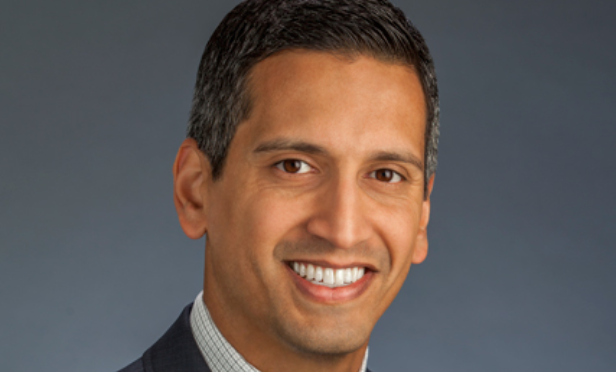➤➤ Join the GlobeSt.APARTMENTS (formerly RealShare) conference October 29-30 in Los Angeles. The event will analyze the opportunity in the emerging trends and conditions of the multifamily market. Don't miss out on joining the 1000+ of the industry's top owners, investors, developers, brokers and financiers as they gather for THE MULTIFAMILY EVENT OF THE YEAR! Click here to register and view the agenda.
Demand for affordable housing is growing across the country, including in emerging markets like Denver. However, capital is catching on to the need for affordable housing, both on new development projects and LIHTC-backed rehab projects. This capital has been an important aspect of bringing more affordable housing to markets suffering from a housing shortage.
"Investors such as banks and insurance companies are realizing that there is incredible value in LIHTC-backed rehab projects," Anand Kannan, leader of the preservation and development teams at Community Preservation Partners, tells GlobeSt.com. "In addition to offsetting tax burdens and providing a yield that is competitive to market-rate investments, an affordable housing investment comes with significantly lower risk of vacancy."
It isn't only the financial benefits, but capital is also attracted to social impact benefits of affordable housing. "Investors also enjoy the derivative impact of deploying capital with a purpose, which generates value in the form of PR and employee productivity," says Kannan. "The rehab model, particularly, supports intangible value through environmental sustainability because no property is cleaner than the one that's already built. All of this ROI adds up to an enticing proposition for those in charge of capital investments."
This trend isn't market specific. Cities across the country are suffering from a shortage of affordable housing. "The threat of vanishing affordability exists in every state, affordable reconstruction has carved out a niche in mainstream construction, especially in recent years," says Kannan. "At CPP, we've significantly expanded our national presence in the last several years. With our rehab in Pueblo, Colorado is the ninth state we've entered, and there are more in the pipeline."
For that reason, Community Preservation Partners is rapidly expanding its presence in key markets across the country. "In the past two years, alone, we've doubled our level of community investment," says Kannan. "The demand for affordable housing is fueling the trend, but the benefits to investors are sustaining the momentum on the supply side."
Specifically, it is focused on preserving affordable housing, rather than creating it. Several value-add investors are converting affordable properties into market-rate properties. "A conversion to market rate can be devastating for a below-AMI family, especially in a rising market like Denver," says Kannan. "Unfortunately, owners don't have many other options because the low-income housing tax credits won't renew themselves—it takes a sizeable investment to get such a commitment from the federal and state governments."
© Touchpoint Markets, All Rights Reserved. Request academic re-use from www.copyright.com. All other uses, submit a request to [email protected]. For more inforrmation visit Asset & Logo Licensing.







